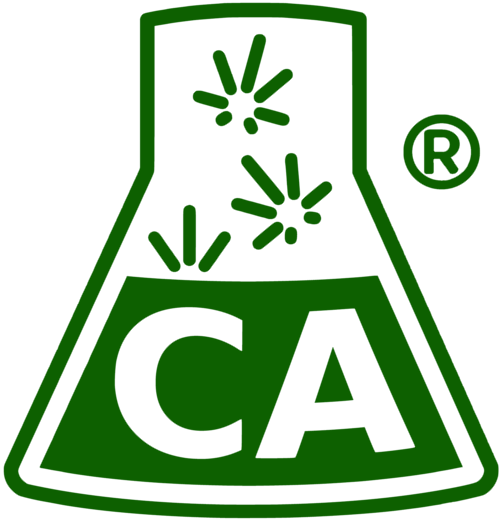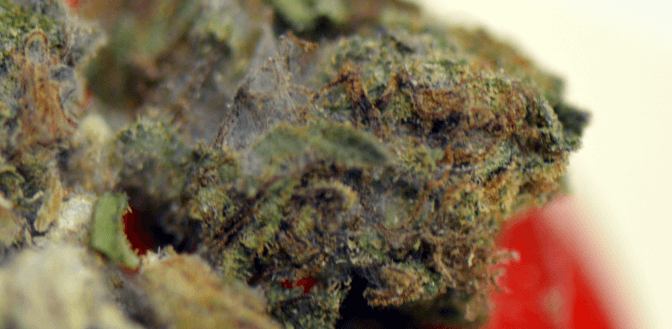Neem oil. 91% Isopropyl alcohol. Hydrogen peroxide. Capsaicin extracts. These are the treatments growers recommend when you ask them how to cure your mold, mite, and mystery problems. Do they work? Some swear by their recipe, but do we have the data to show their efficacy? Your trusted friends from across the spectrum of hobby gardeners to agricultural producers swear they’ve saved crops with their recipe, but can they provide the proof in numbers? Here’s the thing: they might all work or they might not, and generally one or all of them will be tried out of frustration and even desperation, but is the investment worth it? We think it’s time to find out.
We know from our science the real battle with plant disease and infestation is fought with clean build out of your facility, clean handling practices, and excellent sterile cure techniques, but here we are now looking at your hard work covered in thin white filaments, brown leaves and petals, and little black spots, so you’ve got to try something. If you’re reading this, odds are you’re likely in one of two groups: those with a recipe you feel is effective, and those trying a recipe out. Both of those scenarios involved investment of your time and money resources, and it’d sure be nice to know what works and what doesn’t. Consider this an open invitation to find out. If you’re going to treat your stock with a recipe, let’s do some science together.
CREATE A CONTROL GROUP
The only way to know for sure is to compare untreated samples against your treated ones. Choose a selection of product that will not be treated and quarantine it from your treated product. You’re going to handle this selection the same in every way but treating with your recipe. If you’re starting at harvest, take them all the way to cure. If you’re starting at already cured product, then do all the same handling and processing you will do to the treated product.
SUBMIT CONTROL AND TREATED SAMPLES
When you submit samples of your treated product to the lab for testing, also submit a 2 gram sample of the control group (bagged separately, of course).
THE DEAL
Send us up to 10 samples worth of paired control/treated product, and we’ll run the full I502 testing array on the control group samples at no cost.
RESULTS
What will this show? With results from both groups to compare, we can do the math and tell you whether your treatment recipe has a strong vs. weak correlation with your testing results. We’ll provide you with all the raw data, our analyses, and our own insight into your technique. Knowing this correlation strength can help you in your cost-benefit analysis of treating diseased plants with your recipe. It can give you confidence in your recipe’s influence on the data, or help you decide a different route.
FINALLY
When we accumulate sufficient data to assert confidence in our findings, we’ll anonymize the data and post them. Let’s work together to find your operation’s solution, collectively to dispel the myths, and know what has a real shot at helping.

